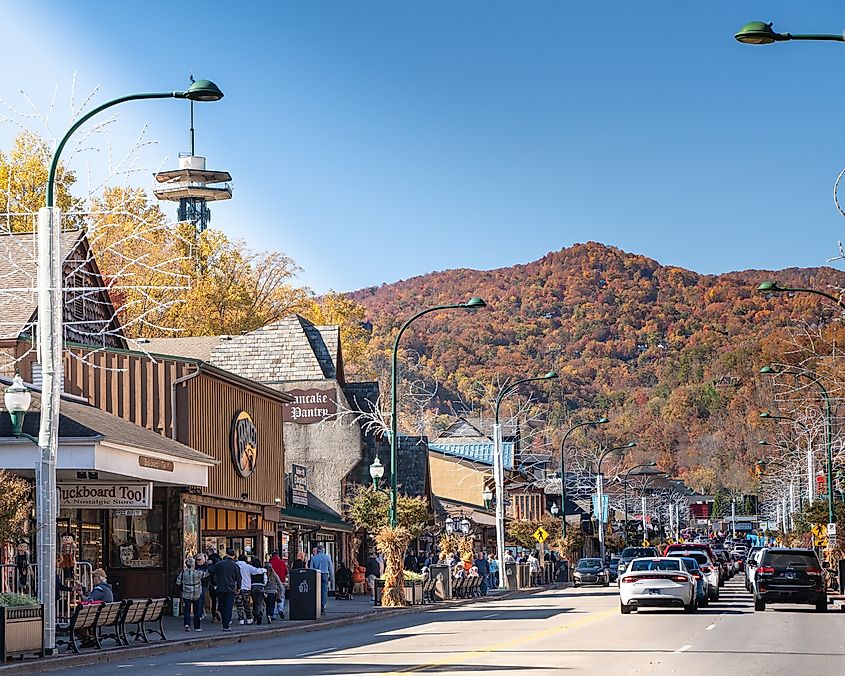
Trump Ripped Down the East Wing. But What Was the East Wing? The news that the entire East Wing of the White House came as a surprise to Americans of multiple political stripes Wednesday, igniting a flurry of questions about its history, purpose, and the implications of its demolition. While initial plans suggested preserving much of the East Wing within a new ballroom complex, administration officials ultimately deemed complete demolition "cheaper and more structurally sound," a decision that has fueled both curiosity and controversy.
For decades, the East Wing has largely remained outside the intense scrutiny focused on its West Wing counterpart. While the West Wing buzzes with the daily operations of the President and their closest advisors, the East Wing served as a more understated, yet vital, component of the White House complex. It housed office spaces and acted as the primary access point for public tours, offering a glimpse into the more social and ceremonial aspects of the Executive Residence. Crucially, it has also been the domain of the First Lady, serving as her office space for nearly half a century.
To fully understand the significance of the East Wing’s demolition, it’s essential to delve into its historical context. The architectural evolution of the White House reflects the changing needs and priorities of the presidency. Thomas Jefferson’s addition of exterior colonnades, while not connecting the executive residence to separate buildings, laid the groundwork for the later expansion. Before the construction of the West and East Wings, the majority of White House functions, both official and social, were confined within the executive residence itself.
A pivotal moment arrived in 1902, when First Lady Edith Roosevelt spearheaded an effort to relocate the White House’s business operations. This initiative led to the construction of the West Wing, designed to house the President’s offices and staff, and the East Wing, initially conceived as a reception area for visitors during large social events. In an era where public venues required ample space for carriages and cloakrooms, the East Wing provided the necessary infrastructure to accommodate large gatherings. This separation of functions marked a significant shift in the White House’s operational structure, allowing the executive residence to function more effectively as a home.
The subsequent evolution of the East Wing took another dramatic turn in 1942. Amidst the escalating tensions of World War II, the two-story East Wing structure was strategically built as a clandestine cover for the construction of an underground bunker. This bunker, now known as the Presidential Emergency Operations Center (PEOC), serves as a refuge for the President and key personnel in the event of an attack on the White House. The existence of the PEOC underscores the East Wing’s hidden significance, transforming it into a critical component of national security infrastructure. Over time, offices for the White House’s social teams, including calligraphers, social secretaries, and correspondence secretaries, gradually occupied space within the East Wing, further solidifying its role in supporting the social and ceremonial functions of the presidency.
A defining moment in the East Wing’s history arrived in 1977, when First Lady Rosalynn Carter established an office within its walls. This decision set a precedent, and subsequent First Ladies have maintained offices in the East Wing, solidifying its role as a center for their initiatives and activities. The First Lady’s presence in the East Wing has transformed it into a hub for addressing social issues, promoting arts and culture, and advocating for various causes.
The disparity in renovation efforts between the East and West Wings is striking. In its 123-year history, the East Wing underwent only one major renovation and expansion, while the West Wing has experienced four major structural renovations, along with numerous internal redecorations and minor improvements. This discrepancy highlights the different priorities and demands placed on each wing. The West Wing, as the center of presidential power, has consistently required upgrades and expansions to accommodate the evolving needs of the executive branch.
The demolition of the East Wing raises questions about the future of White House tours and public access. Historically, the East Wing served as the primary access point for free, self-guided tours, allowing visitors to experience the history and grandeur of the White House firsthand. The relocation of the tour entrance and the potential reduction in accessible areas could impact the visitor experience and limit public engagement with the White House.
"The East Wing has always been the people’s wing, offering a direct connection to the White House for countless visitors," notes Dr. Emily Carter, a professor of Public Policy at George Washington University. "Its demolition raises concerns about accessibility and the preservation of public access to this important national landmark."
The construction of the new White House State Ballroom, with a projected seating capacity of 650 people, aims to enhance the White House’s capacity for hosting large-scale events and gatherings. While this expansion may improve the White House’s functionality, it also raises questions about the balance between security, accessibility, and historical preservation.
The impact of the East Wing demolition extends beyond the immediate confines of the White House. According to a recent report by the National Trust for Historic Preservation, the United States has seen an estimated 15% decrease in accessible historical sites over the past decade, with budget constraints and modernization efforts cited as primary drivers. The East Wing demolition may be viewed as part of a broader trend towards prioritizing functionality and security over historical preservation in government buildings.
Moreover, the demolition could have economic repercussions for the tourism industry in Washington D.C. An estimated 45% of tourists visiting Washington D.C. include the White House in their itinerary, contributing an estimated $1.2 billion annually to the local economy. Reduced access to the White House, as a result of the East Wing demolition, could potentially impact tourism revenue and local businesses.
"The White House is not just a building; it’s a symbol of American democracy and a major tourist attraction," explains John Anderson, a Senior Market Analyst at Tourism Economics. "Any changes that affect its accessibility or appeal could have significant economic consequences for the region."
The demolition also invites reflection on the role of the First Lady and the significance of her office. For decades, the East Wing has served as a hub for the First Lady’s initiatives, providing a platform for addressing social issues, promoting arts and culture, and engaging with communities across the country. The relocation of the First Lady’s office and the potential disruption to her operations could impact her ability to effectively carry out her responsibilities and advance her policy priorities.
Looking ahead, the long-term consequences of the East Wing demolition remain uncertain. The construction of the new State Ballroom will undoubtedly enhance the White House’s capacity for hosting large events, but it will also alter the architectural landscape of the complex. The impact on White House tours and public access will depend on the design and implementation of new security protocols and visitor routes. Furthermore, the demolition may spark a broader debate about the balance between modernization, security, and historical preservation in government buildings.
The global implications of the East Wing demolition are more subtle, but nonetheless present. The White House serves as a symbol of American power and democracy, and any changes to its structure or accessibility can send signals to the international community. Some may interpret the demolition as a sign of a shift in priorities, while others may view it as a necessary modernization effort. The international media coverage of the demolition and its potential impact on White House tours will likely shape global perceptions of the United States and its commitment to transparency and public engagement.
In conclusion, the demolition of the East Wing of the White House represents a significant moment in the history of this iconic landmark. While the construction of the new State Ballroom may enhance the White House’s functionality, it also raises important questions about historical preservation, public access, and the role of the First Lady. As the White House undergoes this transformation, it is crucial to consider the long-term consequences and ensure that this symbol of American democracy remains accessible and engaging for generations to come. The future of the East Wing site, and the legacy of the demolished structure, will undoubtedly be a subject of ongoing debate and reflection.




